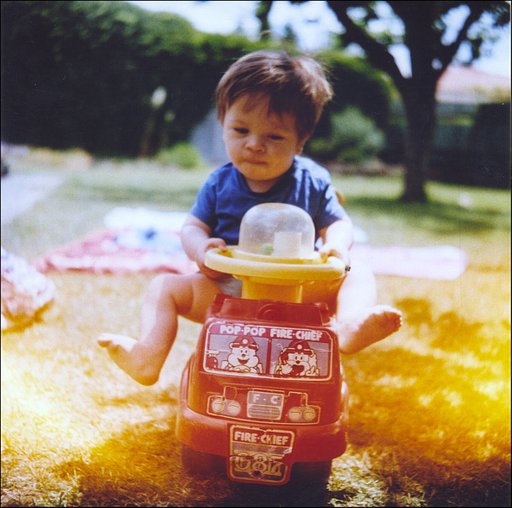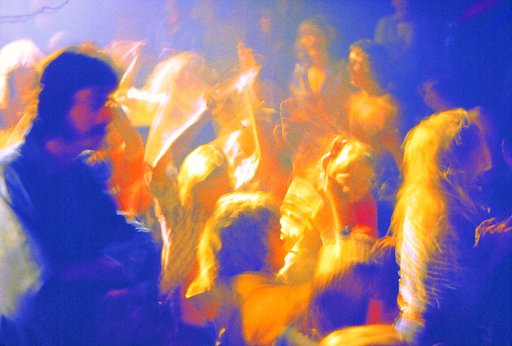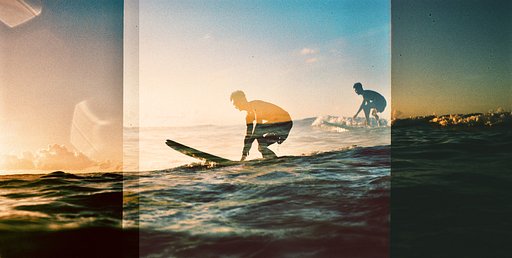In Depth: Humanist Photographers, Capturing The Impalpable Essence Of Life
12 Share TweetWriters have pens, painters have brushes, and photographers have cameras with the possibility to freeze the essence of life in one frame. So much like a poet can ignite emotions with words, photographers can also immortalize a feeling and a moment.
One must have the talent to translate what life is into a composed image. You have to feel for the moment that is unfolding in front of you. Mastering the right distance, the right light, the frame through which we insert information for the viewer, so that they too feel part of a story.
Learning to catch the right moment is an important skill to develop, one that you should never rush. The balance is knowing when to pause and when to be decisive. And the streets, for a photographer who wants to work with life unfolding as it happens, are a feast.

Paris, after each World War was the place to be for an artist. If you were seated at the Cafe Du Doma in 1925, chances are that you had a drink with la creme de la creme of the cultural European world. Among the sculptor painters and movie stars, was the Hungarian photographer André Kertesz.
Kertesz had a special relationship with the streets of Paris, where he was a pioneer of the street photography style. With his precise sense of form and the inherent ability to feel the emotions of a situation unfolding in front of his eyes, he let his subjects find him. All he had to do was be masterfully ready to snap the picture.
Nonetheless, what a photographer puts into a photo is also personal. The way you feel the picture comes from your sensibility. His work was poetic. The camera was an extension of the eye, and a visual diary. Using mirrors, reflections, and high vantage point of view became signatures of his visual language.
The camera was an extension of Ilse Bing's eyes as well. Nicknamed "The queen of the Leica" the German born photographer lived in Paris during the golden age of the 1930s and was part of the avant-garde movement. Her work was published in major publications such as Vogue and Harper's Bazaar, among many others, making Ilse Bing one of the few working female photographers of that time.

Naturally influenced by those Parisian times, she verged into surrealism and abstract photography; her work for Elsa Schiaparelli's Salut de Schiaparelli is an iconic image. The French humanist experience had her producing images infused with a poetic touch. Thanks to the use of the small and versatile camera, she as well, was able to experiment with tilted angles and new vantage points that showed her sagacious spirit.
After being interned in a concentration camp in the south of France, Ilse Bing emigrated to America. In 1959 she gave up photography, saying:
I couldn't say anything new with this medium. I stopped working with the camera at the height of my photographic developments. I couldn't use it to express what I was experiencing. Of course, I could have taken nice pictures, but it no longer came from within. The character of the work changed with my development and has now been given a new face.
From Europe to America, many photographers made their journey across the Atlantic after the war. Inge Morath was among those who experienced the west. One of the first women to join Magnum Agency, she was an avid traveler who went on to work in places such as Iran, China, Russia and many more. She was fluent in French, English, Romanian, Spanish, Italian, Russian, and Chinese.
She believed that to photograph a place you had to know the language. Arthur Miller
She had the rare gift of writing as well as she could photograph. However, her talent came to light only after passing, when the notes that accompanied her images were paired with the photos.
Studying was just as fundamental as her innate ability to connect with people. She researched her stories and subjects in depth, which was an integral part of what granted her that level of intimacy.
Her curiosity and her interest in cultures were the driving force behind the stories that she illustrated. Let's not underestimate how arduous it is for a photographer to succeed in this rare skill; to be able to paint life with light.
Which of these photographers didn't you know? Share with us your favorite discovery in the comments below.
written by eparrino on 2022-09-25 #culture #ilse-bing #humanist-photographers #andre-kertez #igne-morath


















No Comments